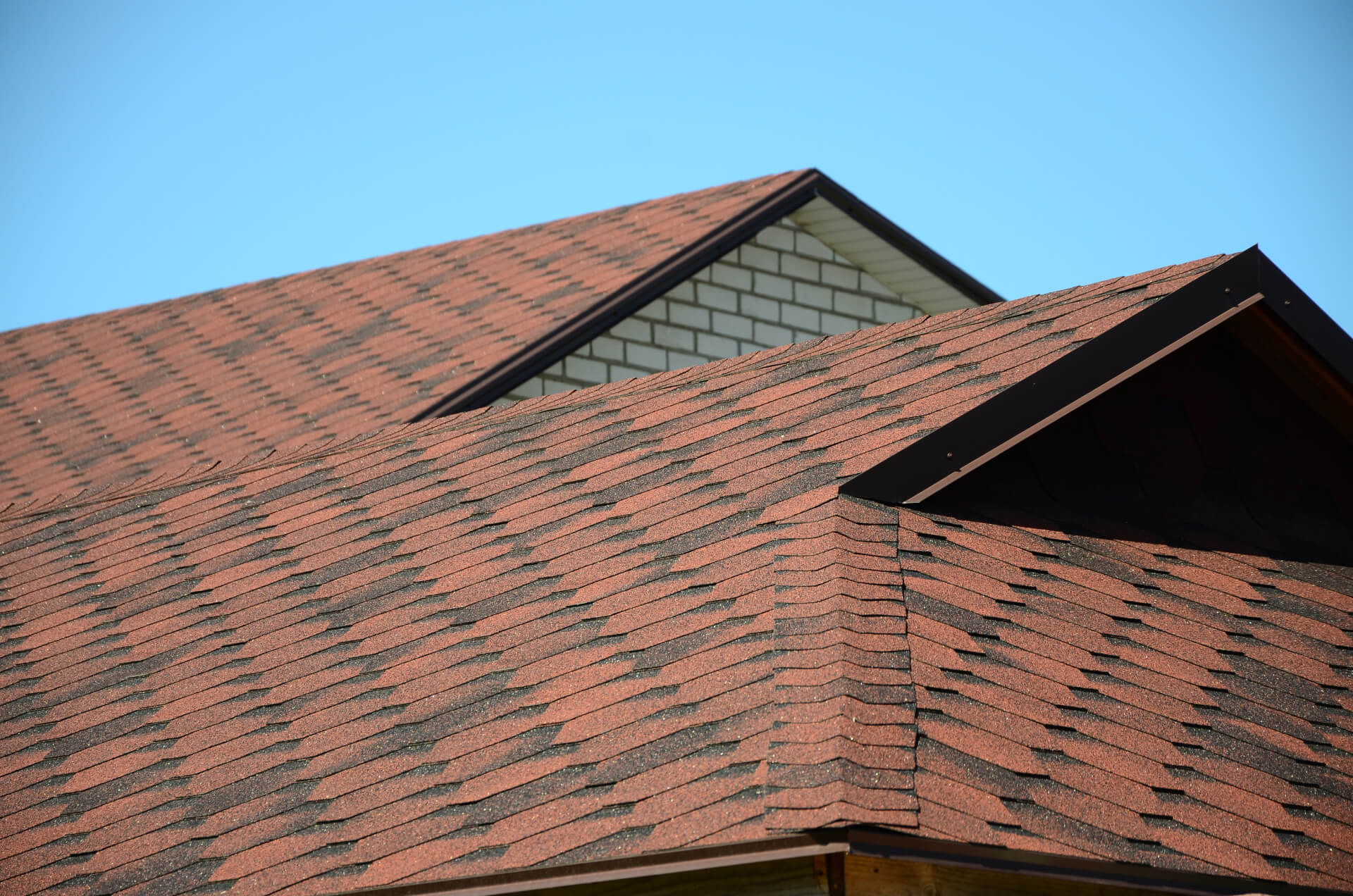Any industry has technical terms and jargon; the construction industry is no different. Here are a few of the most common roofing terms and definitions to help you have a more educated conversation with your roofing contractor.
Shingles: 3tab vs Architectural
A 3tab shingle is comprised of 3 “tabs”. The simplest way to identify a 3tab shingle is that it looks like stacked bricks on the roof. Think about taking bricks and laying them down on top of the roof. A quick google search will do a better job of explaining the look! By comparison, architectural shingles are laminated together and provide a thicker shingle with more depth and definition. Due to their thicker profile and heavier weight, architectural shingles typically hold up better in hail and high winds. For this reason, the manufacturers offer a more extended warranty on them; 30+ years instead of 20-25 years.
Pitch
The pitch of your roof is how steep it is. Pitch is discussed using numbers indicating rise over run (inches risen per foot) like 3in per 12in, or a 3/12 pitch. Don’t get too hung up on this. The important thing to understand is that the higher the number (8/12, 10/12, etc.), the steeper the roof. It is important to understand that steeper roofs are more expensive due to higher labor costs, and they come with a different set of safety and installation challenges. If you have a steep roof, ask your contractor how they plan to safely install, how many nails they are using to fasten shingles, and how they will ensure shingles don’t get damaged during installation.
Flashing
Flashing is any metal used around roof penetrations (anything protruding through the roof). The purpose of flashing is to seal around the perimeter of penetration and allow a lap for shingles to lay over, hopefully preventing any water intrusion. There are skylight flashings, chimney flashings, roof-to-wall flashings, and step flashings, to name a few. Flashings are usually where leaks occur, and you should ask your contractor if flashings are being replaced or reused. This is often the most neglected part of the roofing system but often the most important.
Underlayment
Though underlayment is not visible on a finished roof, it is critically important to any roofing system. Most roofers use synthetic felt on steep slope projects. Synthetic felt differs from saturated black tar paper felt for a few reasons: it’s more durable and less likely to tear, and there is more coverage per roll, so fewer rolls are transported to the roof. It still lays flat if wet (tar paper would wrinkle).
An Ice/water shield is also a crucial element to consider and should be used in climates that get any amount of snow and ice. This underlayment has an adhesive on the back, so it sticks to the roof decking and seals around nail punctures. It creates a tighter seal than standard felt, or synthetic felt and can prevent water from intruding if an ice dam forms. Our company uses ice/water shields in valleys, roof-to-wall sections, and around all roof penetrations, even though it is not a required building code in our home state of Texas. Ask your roofing contractor what underlayment they plan to use and if ice/water shield is necessary to install in certain areas on your roof.
HUF Construction is a Waxahachie, TX based construction company that serves Ellis County, the Dallas/Ft. Worth Metroplex, central Texas, and has a second location in the Permian Basin. We have handled thousands of insurance claims across multiple states and understand the claims process inside and out. While most of our business is roofing and handling insurance claims, we have recently expanded into swimming pool construction in the Dallas/Ft. Worth area. Contact us today if you have an insurance claim, a roofing need, or want a new swimming pool.

